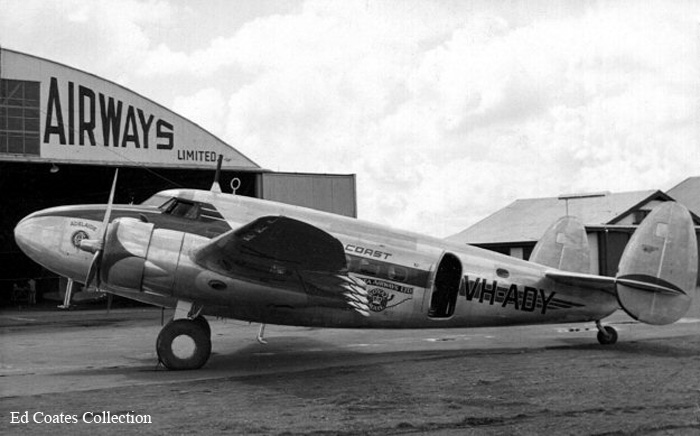Crash of a Lockheed L-414 Hudson IIIA near Giru: 1 killed
Date & Time:
May 24, 1942
Registration:
A16-194
Survivors:
Yes
Schedule:
Giru - Giru
MSN:
414-6359
YOM:
1941
Crew on board:
4
Crew fatalities:
Pax on board:
0
Pax fatalities:
Other fatalities:
Total fatalities:
1
Circumstances:
The crew was involved in a combined training exercise with a second RAAF Lockheed L-414 Hudson IIIA registered A16-191 and carrying a crew of four as well. While cruising in the vicinity of Giru, both aircraft collided in unclear circumstances. The A16-191 crashed in a dense mangrove and all four crew members were killed. The pilot of A16-194 was able to complete an emergency landing between Barrattas and Barramundi Creek. While the aircraft was destroyed, three crew members were injured while the fourth occupant was killed.
Crew (32nd Squadron):
P/O L. Haliday, pilot 2,
Sgt Lancel Badman. †
Crew (32nd Squadron):
P/O L. Haliday, pilot 2,
Sgt Lancel Badman. †




